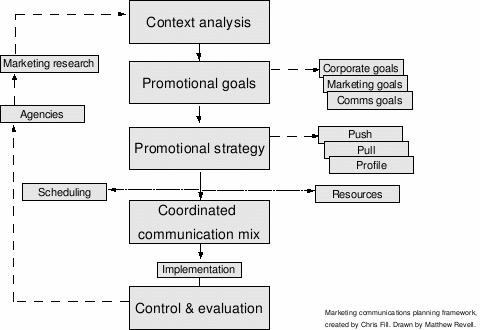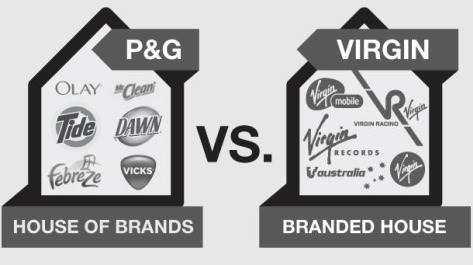PROBLEM
The process of creating a marketing communication plan
Learning objectives
1. What is a marketing communication plan?
According to Business Dictionary, marketing communications are "coordinated promotional messages delivered through one or more channels such as print, radio, television, direct mail and personal selling."
According to MaRs marketing communications are "fundamental part of a company's efforts. Loosely defined, MarCom can be described as all the messages and media you deploy to communicate with the market."
2. Different models for creating a communication plan?
The AIDA model - AIDA stands for Attention, Interest, Desire and Action. It describes a common list of events that occur when a customer sees an advertisement.
A - attention, awareness and the ability to attract the attention of customers
I - interest and points the ability to raise the interest of the customers by focusing on and demonstrating advantages and benefits
D - desire. The ad convinces the customers that they want the product and it will satisfy their needs
A - action which leads the customers to actually purchase the product
 |
| Source: http://chri5d39.mmd.eal.dk/img/aida.jpg |
DRIP model - differentiace, reinforce, inform, persuade
 |
| Source: http://www.digital-marketing-university.com/getattachment/77af4b60-2061-4fb7-b295-c5ac904bfefc/drip.jpg.aspx |
- The process of creating a marketing communication plan
Marketing communications plan framework
 |
| Source: http://upload.wikimedia.org/wikipedia/en/0/07/Marketing-communications-planning-framework.gif |
7 Steps to Develop an Effective Marketing Communications Strategy
1. The Better you know your audience, the better you can appeal to their interests
2. Uncover your unique selling proposition
3. Sharpen your brand look and feel
4. Ensure that all messaging is consistent
5. Choose your marketing mix
6. Establish MarCom success measurements
7. Manage leads and client data
Sources:
http://www.businessdictionary.com/definition/marketing-communications.html
http://www.marsdd.com/mars-library/what-is-marketing-communication-marcom/
https://www.boundless.com/marketing/textbooks/boundless-marketing-textbook/integrated-marketing-communication-12/introduction-to-integrated-marketing-communications-81/aida-model-406-4060/
http://www.mbaskool.com/business-articles/marketing/8956-drip-the-marketing-communication-model.html
http://www.6pmarketing.com/articles/branding-science/72-marketing-strategy/359-7-steps-to-develop-an-effective-marketing-communications-strategy







